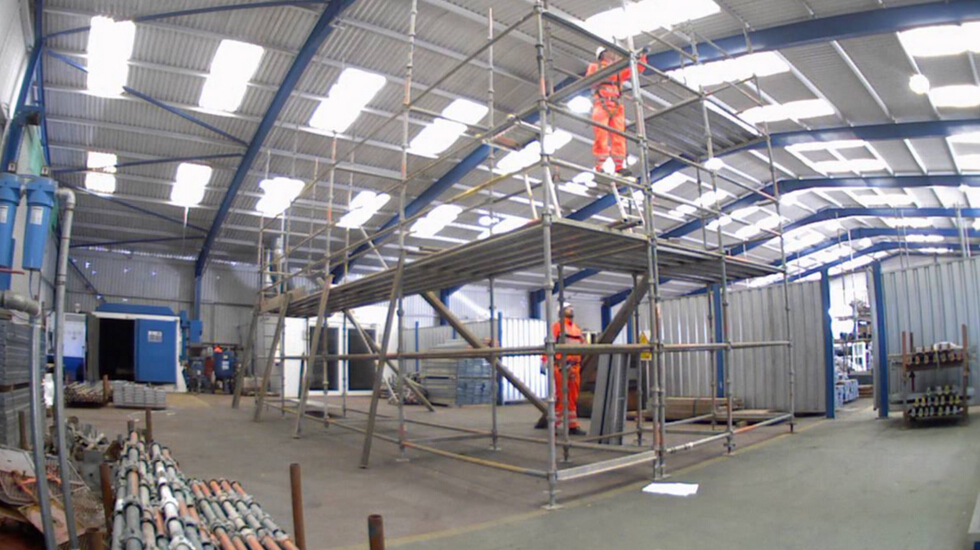
ADTO News
Ringlock Scaffolding Is A Tool to Facile Your Building Work
The next time you have to work up high, consider scaffolding rather than struggling with ladders. Scaffolding provides a large, stable work platform where you can stack materials and set up your tools. With scaffolding, you can easily reach all areas of the repair to do a better job in half the time. And you'll save tons of time and energy by not constantly climbing up and down to reposition your ladder.
Guardrails attached to the top of the scaffold frames allow you to concentrate on the task at hand without worrying about falling. We'll show you how to set up your rented scaffolding so it's safe and secure and then show you a few of the home-repair jobs where scaffolding really shines.
The key to safe ringlock scaffolding is a solid foundation. If the base plates or casters rest on dirt, grass, asphalt or other soft material, put them on top of lengths of 2x10 lumber to prevent them from sinking in (Photo 4). We shimmed the wood pads to level them (Photo 4) because we didn't want to damage the lawn by digging level spots. But a better method is to level a spot with a shovel before placing the 2x10 blocks. Never set the scaffolding on loose fill, snow or next to holes or ditches.
The ringlock scaffoldings we're using (sometimes referred to as “pipe scaffold”) are perfect for exterior work and are available at most full-service rental centers. Also check the Yellow Pages under “Scaffolds, Rental” for businesses that specialize in scaffolding rental and sales. You'll usually get lower rates and expert advice from these specialists.
Even though the basic setup procedure is the same, scaffold hardware varies slightly from one manufacturer to the next. Ask for manufacturer's instructions if your scaffold looks different from that shown here. Photos 1-5 show you how to set up the frame and install the planks.


 Live Chat
Live Chat


